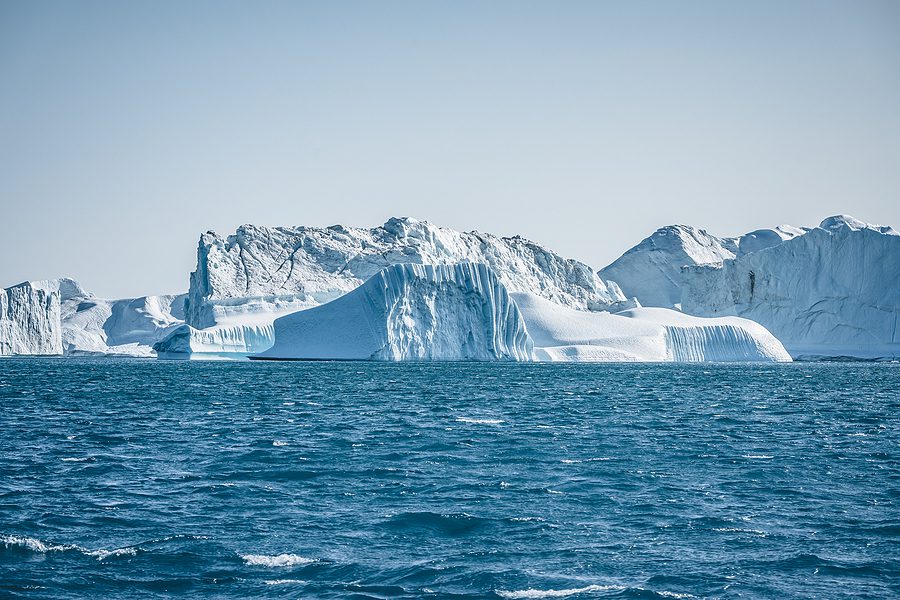
The South Pole recorded its coldest season since climate scientists began tracking temperatures on the continent in 1957, The Washington Post reported.
Antarctica’s average temperature over the last six months was minus 78 degrees, or 4.5 degrees below the average recorded over the previous 30 years, The Washington Post reported. The temperatures were recorded between April and September — Antarctica’s winter months — at the Amundsen-Scott South Pole Station. Temperatures even touched minus 100, at times, University of Wisconsin Scientists Matthew Lazzara told the Post.
Scientists pointed to a major polar vortex that swept through the southern continent as the likely cause for low temperatures, the Post reported.
“Basically, the winds in the polar stratosphere have been stronger than normal, which is associated with shifting the jet stream toward the pole,” National Oceanic and Atmospheric Administration Scientist Amy Butler said, according to the Post. “This keeps the cold air locked up over much of Antarctica.”
A polar vortex is a mass of low pressure and cold air, according to the National Weather Service. Polar vortices occur on both of Earth’s poles during their respective winter months.
Antarctica’s ice loss slowed considerably, too, National Snow and Ice Data Center (NSIDC) data showed. Sea ice extent, or the area where there is at least some recorded ice, reached its fifth-highest recorded level in August while the average pace of ice loss on the South Pole dipped to its 10th lowest level.
“The pace of ice loss for the month was much slower than in recent years but still near the average pace for the reference period of 1981 to 2010, leading to the tenth lowest August of the satellite data record,” the NSIDC said in a blog post in September.
Krzysztof Wargan, a research scientist at National Aeronautics and Space Administration, echoed Butler’s view, saying the temperatures recorded on the ground related to the region’s strong polar vortex, the Post reported. University of Colorado Senior Research Scientist Ted Scambos added that polar vortex conditions can change rapidly, meaning high-speed winds could quickly reverse and give way to warming or rapid ice loss.
“One cold winter is interesting but doesn’t change the long term trend, which is warming,” Eric Steig, a professor of atmospheric sciences at the University of Washington, told the Post.
While Antarctica has experienced lower temperatures than expected this year, the rest of the world has warmed, according to climate scientist Zack Labe. In addition, the United Nations’ Intergovernmental Panel on Climate Change released a report in August, projecting that the world will continue to warm through 2050.
“The alarm bells are deafening, and the evidence is irrefutable: greenhouse gas emissions from fossil fuel burning and deforestation are choking our planet and putting billions of people at immediate risk,” UN Secretary-General António Guterres said in a statement. “Global heating is affecting every region on Earth, with many of the changes becoming irreversible.”
Content created by The Daily Caller News Foundation is available without charge to any eligible news publisher that can provide a large audience. For licensing opportunities of our original content, please contact licensing@dailycallernewsfoundation.org. Read the full story at the Daily Caller News Foundation
